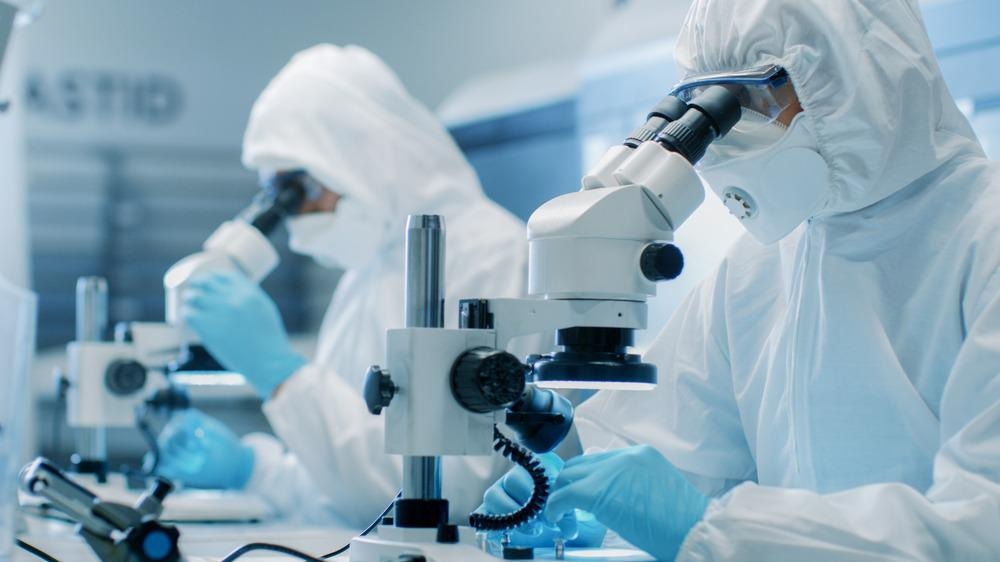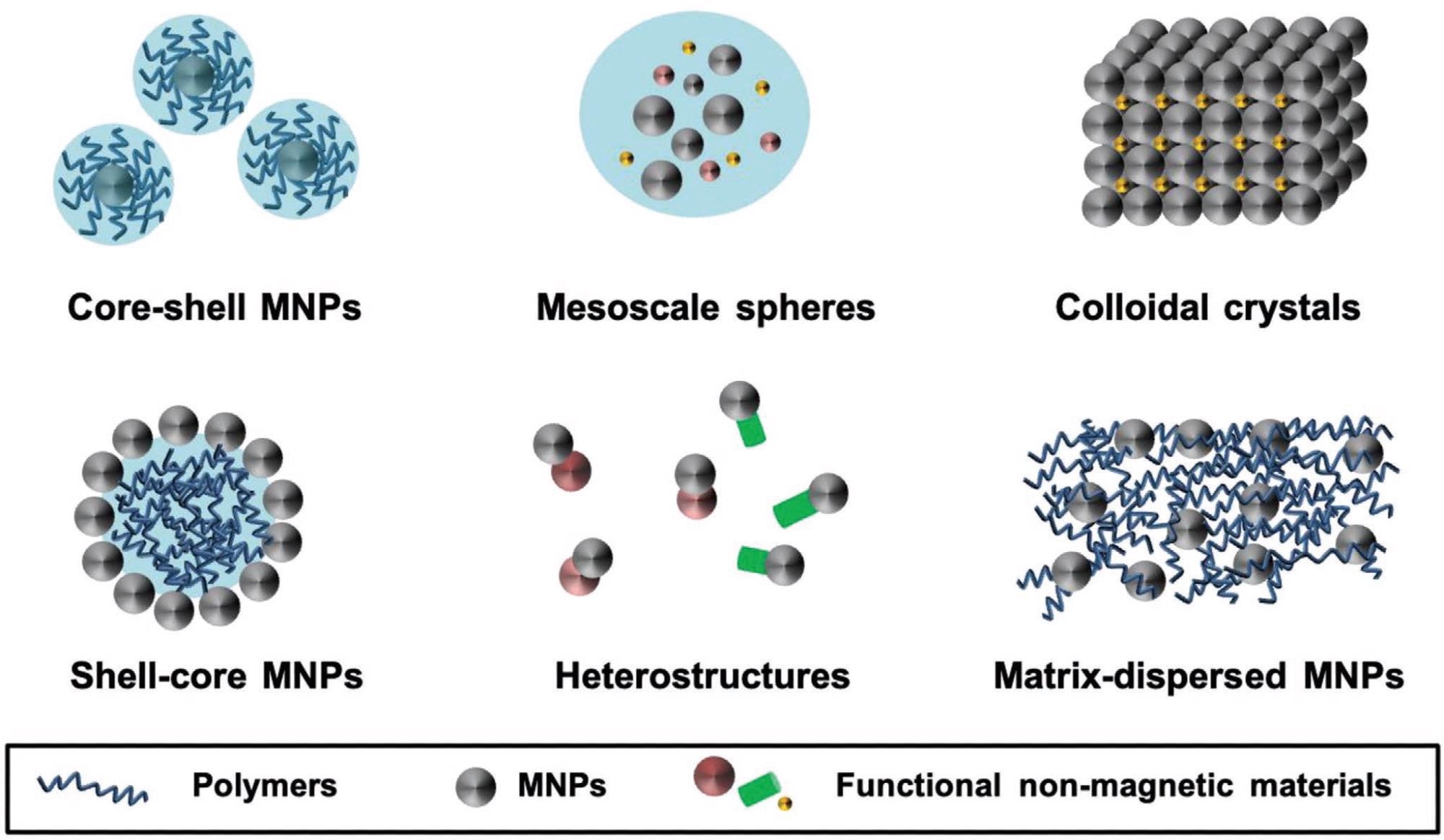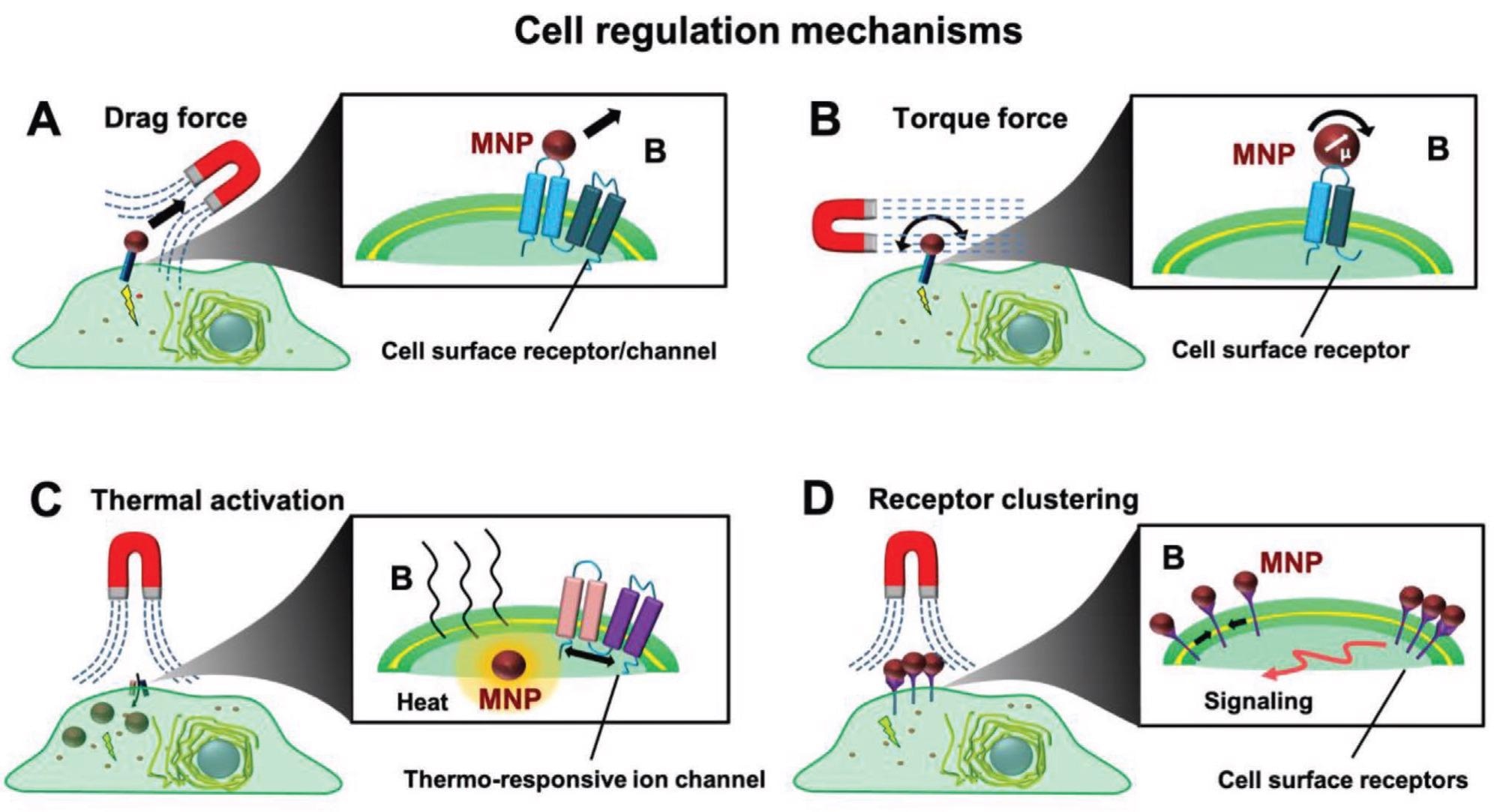Nanotechnology has provided many innovative solutions for medical science. Now, a paper published in Nano.Micro.Small has demonstrated the use of magnetic nanocomposites to regenerate tissues.

Study: Engineered Magnetic Nanocomposites to Modulate Cellular Function. Image Credit: Gorodenkoff/Shutterstock.com
Tissue Engineering and Regeneration
Traditionally, cell and tissue modulation has been carried out using invasive procedures like surgery or by biochemical conditioning methods. More recently, remote biophysical stimulation of tissues and cells has been implemented, using various methods such as electrical field stimulation, magnetism, and ultrasound. Specific cellular behaviors are fostered through the conversion of modulating energies to physiochemical cues in the targeted cells and tissues.

Various morphologies of MNCs. Core–shell MNPs are protected by an organic coating (e.g., polymers, ligands), whereas MNPs constitute the external layer in shell–core systems. In mesoscale spheres, MNPs are dispersed in mesoscale spherical assemblies. Heterostructures (Janus type) are bimodular materials composed of one magnetic and one nonmagnetic functionality. MNPs can be dispersed in polymeric matrices or organized in ordered crystalline configurations. Image Credit: Filippi, M et al. , Nano.Micro.Small
Research in recent years has focused on the applications of nanotechnology for regenerative medicine. The development of smart nanomaterials has provided significant advances in the field of nanomedicine. These nanomaterials can change their structure and function in reaction to external stimuli. A class of nanoparticles that show intriguing potential for the field of tissue regeneration are magnetic nanocomposites.
What are Magnetic Nanocomposites?
Magnetic nanoparticles have been widely used in biomedical research, for purposes including targeted drug delivery, imaging, cell guidance, and genetic modification. Magnetic nanocomposites are manufactured by combining these nanoparticles with polymers. These nanocomposites have several complex morphologies including microspheres and core-shell particles. Recent technological advances have meant that the synthesis of these smart nanomaterials is easier.
These nanoscale materials can be controlled via an external magnetic field and can help modify cellular behavior such as differentiation, proliferation, and adhesion. This property of magnetic nanocomposites can aid in tissue regeneration after an injury or in the case of diseased and defective tissue. Although the long-term health effects of these nanoparticles are still poorly understood, research into them has gathered pace in recent years.
The Main Functional Components of Magnetic Nanocomposites
The main components of magnetic nanocomposites are magnetic nanoparticles and polymers. Aside from this, other components influence the functionality of magnetic nanocomposites, dependent upon their application. Functional properties of magnetic nanoparticles that are influenced by their components include mechanical resistance, elasticity, and electrical conductivity.

Modulation of biological cell behavior via magnetic actuation. Intracellular signaling can be magnetically stimulated by MNPs that operate A) drag or B) torque forces on the receptors that are present on the cell membrane, C) modulate the activity of thermosensitive channels or receptors, or D) cause receptor aggregation and start intracellular signaling. Image Credit: Filippi, M et al. , Nano.Micro.Small
Different polymers can be used to fabricate magnetic nanocomposites. Incorporating nanoparticles into organic matrixes influences mechanical, physical, and electrical properties of substances such as hydrogels, which are systems comprised of natural polymers. Materials with controllable mechanical, electrical, and thermal properties can be formed by using polymers, and both inorganic and organic polymers can be used to obtain various useful matrix structures.
An understanding of how these functional components influence the cell-mediating behaviors and properties of magnetic nanocomposites is key to designing these nanomaterials for different biomedical applications.
What Affects the Magnetic Properties of Magnetic Nanocomposites?
Understanding how physical processes occur at the nanoscale is fundamental to understanding the magnetic properties of these nanoparticles. Discoveries of complex and novel 3D geometries in magnetic nanomaterials has expanded the field of nanomagnetism.
To evaluate magnetic nanocomposites, an understanding of their effects due to their morphology, composition, and structure is necessary. Detailed morphological and magnetic characterization of the materials is required.
Factors that affect the behavior of these nanoparticles include interactions between them, degrees of aggregation and dispersion, and how the surface of their matrix affects their overall magnetic properties. Morphological features play a key role. Colloidal dispersion, mutual interactions, and coupling all play a role and are relevant for the design of magnetic nanoparticles.
Using Magnetic Nanocomposites for Tissue Regeneration
Their ability to modulate cellular function including actuation, differentiation, and proliferation makes magnetic nanocomposites an attractive choice for the field of regenerative medicine. Magnetic fields can be converted into heat and mechanical stimuli, aiding the regulation of biological processes.
Four main routes of cellular and intra-cellular stimulation via magnetic actuation exist. These are magnetic torque, magnetic force, heat generation, and controlled molecular aggregation.

Magnetomechanical induction of cell death. Stimulation of mechanosensitive receptors on the cell surface for the activation of apoptosis signaling (left), hyperthermia-mediated heat generation (middle), and mechanical ablation using rotating magnetic tubes/rods (right). Image Credit: Filippi, M et al. , Nano.Micro.Small
Magnetic nanocomposites can act as magnetic actuators in both cellular and intracellular environments. This magnetic actuation is particularly useful for stem cell therapies. Stem cell research has significant potential for the regeneration of tissues in therapies such as stroke treatment, ischemic heart disease treatment, and repairing defective tendons. This method of therapy is also attractive for wound repair and tissue engineering for transplants.
Recent research has shown that stem cells react to magnetic fields, displaying enhanced proliferation and cell adhesion. For reasons including this, magnetic nanocomposites have significant potential for tissue engineering and regeneration.
The Future
The study has demonstrated the application of magnetic nanocomposites for the field of regenerative medicine. Innovative approaches such as this show the potential for nanotechnology to be a true game-changing discipline for medical science.
Further Reading
Filippi, M et al. (2021) Engineered Magnetic Nanocomposites to Modulate Cellular Function [online] onlinelibrary.wiley.com. Available at: https://onlinelibrary.wiley.com/doi/10.1002/smll.202104079
Disclaimer: The views expressed here are those of the author expressed in their private capacity and do not necessarily represent the views of AZoM.com Limited T/A AZoNetwork the owner and operator of this website. This disclaimer forms part of the Terms and conditions of use of this website.